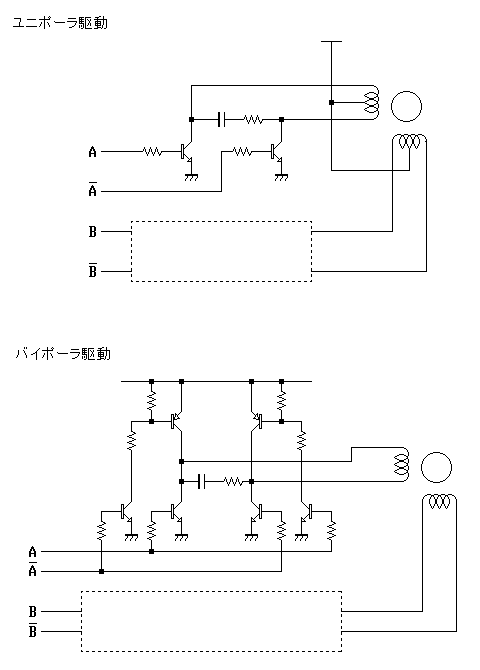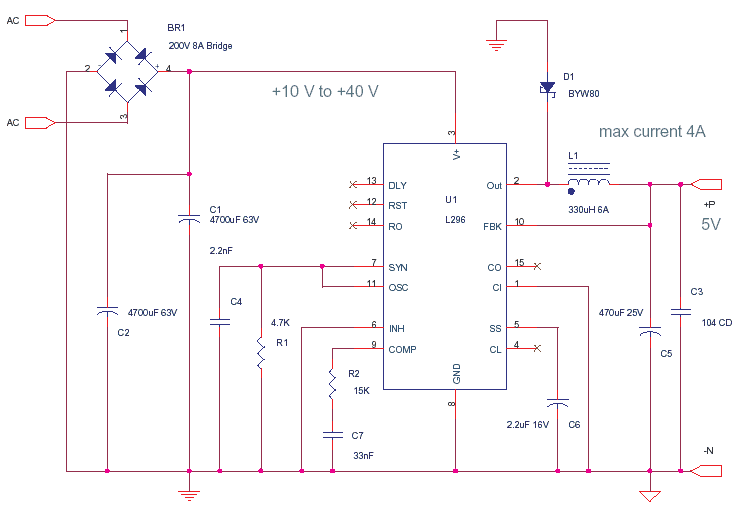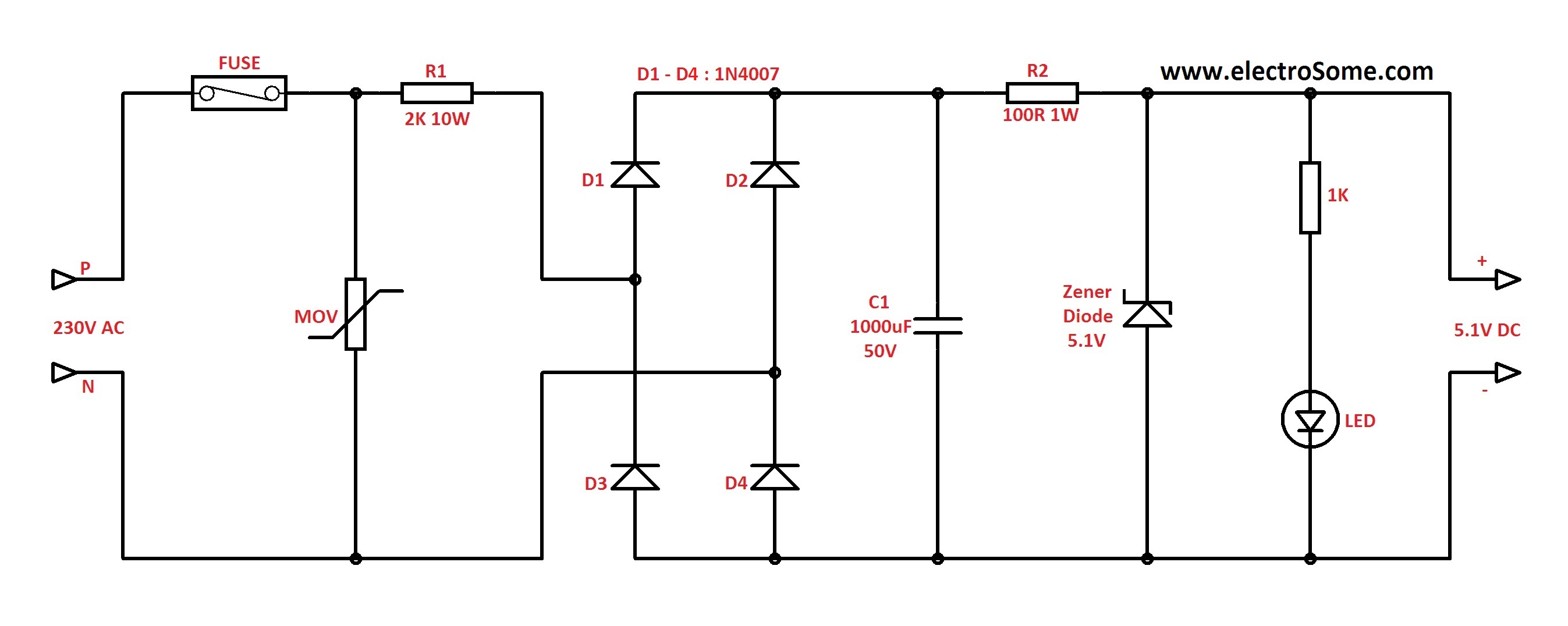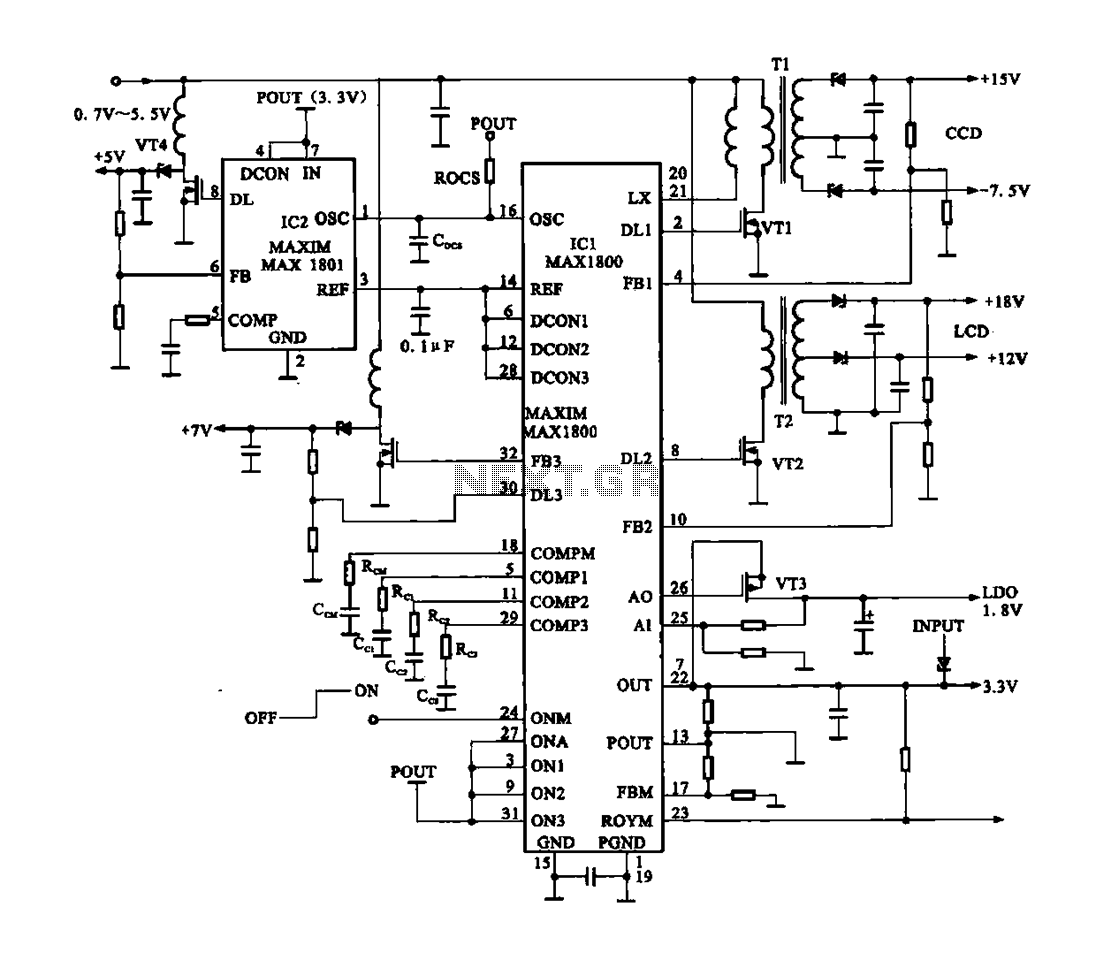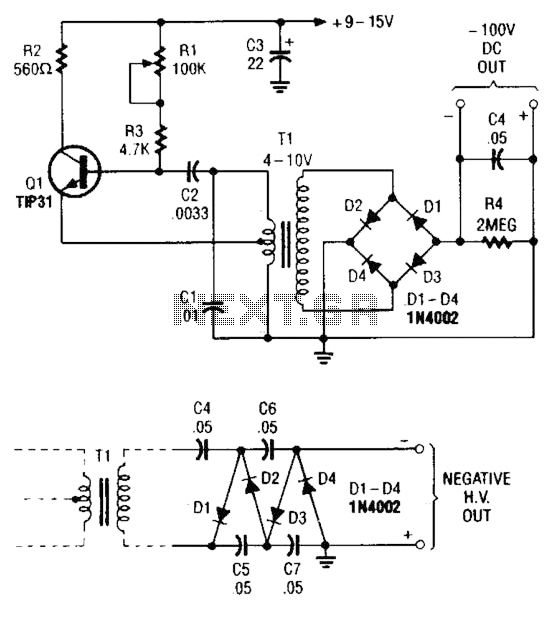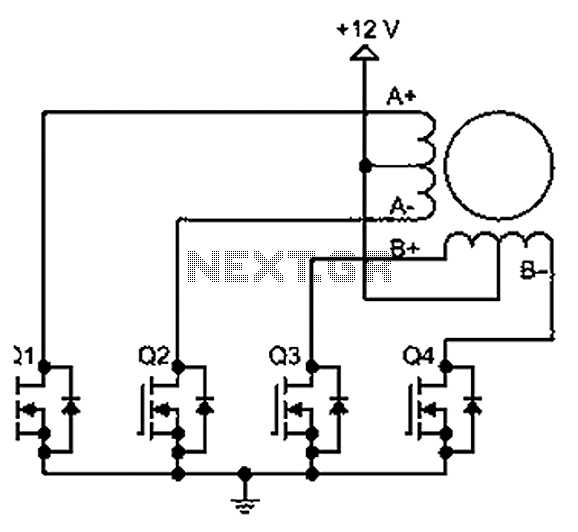
Step Variable Dc Supply
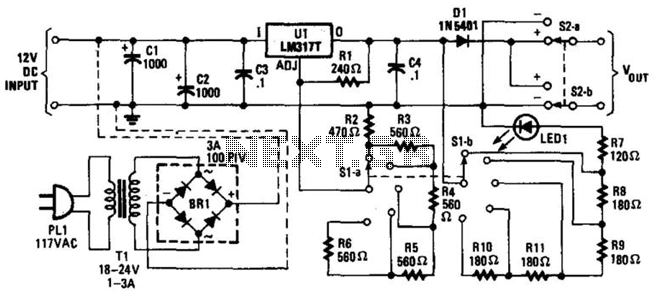
Intended as a replacement for poorly regulated "wall-type" AC/DC adapters, this circuit provides superior performance compared to simple, unregulated adapters. Available output voltages include 3, 6, 9, and 12 V. The DPDT switch functions as a polarity-reversal switch. Resistors R2 through R6 can be substituted with a 2.5 kΩ potentiometer for a variable output voltage ranging from 1 to 12 V. Resistors R7 through R10 can be replaced with a fixed resistor of approximately 1 kΩ if variations in LED1 brightness with output voltage are acceptable.
This circuit is designed to enhance the performance of standard AC/DC adapters that typically suffer from poor voltage regulation. The output voltage options of 3, 6, 9, and 12 V cater to a variety of electronic devices, making it versatile for multiple applications. The inclusion of a DPDT (Double Pole Double Throw) switch allows users to reverse the polarity of the output, which is beneficial for powering devices that require a specific polarity for operation.
The resistors R2 through R6, when replaced with a 2.5 kΩ potentiometer, enable the user to adjust the output voltage dynamically. This feature is particularly useful in applications where precise voltage control is necessary, allowing the output to be finely tuned from 1 to 12 V to meet specific circuit requirements.
For applications where the brightness of LED1 is not critical, resistors R7 through R10 can be replaced with a fixed resistor of about 1 kΩ. This simplification can help maintain consistent LED performance without the need for further adjustments, streamlining the circuit design.
Overall, this circuit provides a reliable and adjustable power supply solution, enhancing the capabilities of traditional adapters while ensuring compatibility with a wide range of electronic devices. The design prioritizes flexibility and user customization, making it suitable for both hobbyist projects and more demanding electronic applications. Intended as a replacement for generally poorly regulated "wall-type" ac/dc adapters, this circuit offers superior p erformance to simple, unregulated adapters. Voltages of 3, 6, 9, and 12 V are available. The DPDT switch serves as a polarity-reversal switch. R2 through R6 can be replaced with a 2.5-kfl pot for a variable voltage of 1 to 12 V. R7 through RIO can be replaced by a fixed resistor of about 1 kfi if the LED1 brightness variation with output voltage is not a problem.
This circuit is designed to enhance the performance of standard AC/DC adapters that typically suffer from poor voltage regulation. The output voltage options of 3, 6, 9, and 12 V cater to a variety of electronic devices, making it versatile for multiple applications. The inclusion of a DPDT (Double Pole Double Throw) switch allows users to reverse the polarity of the output, which is beneficial for powering devices that require a specific polarity for operation.
The resistors R2 through R6, when replaced with a 2.5 kΩ potentiometer, enable the user to adjust the output voltage dynamically. This feature is particularly useful in applications where precise voltage control is necessary, allowing the output to be finely tuned from 1 to 12 V to meet specific circuit requirements.
For applications where the brightness of LED1 is not critical, resistors R7 through R10 can be replaced with a fixed resistor of about 1 kΩ. This simplification can help maintain consistent LED performance without the need for further adjustments, streamlining the circuit design.
Overall, this circuit provides a reliable and adjustable power supply solution, enhancing the capabilities of traditional adapters while ensuring compatibility with a wide range of electronic devices. The design prioritizes flexibility and user customization, making it suitable for both hobbyist projects and more demanding electronic applications. Intended as a replacement for generally poorly regulated "wall-type" ac/dc adapters, this circuit offers superior p erformance to simple, unregulated adapters. Voltages of 3, 6, 9, and 12 V are available. The DPDT switch serves as a polarity-reversal switch. R2 through R6 can be replaced with a 2.5-kfl pot for a variable voltage of 1 to 12 V. R7 through RIO can be replaced by a fixed resistor of about 1 kfi if the LED1 brightness variation with output voltage is not a problem.
